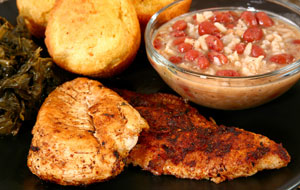When it comes to dietary supplements, iron is integral for maintaining good health. Not only is iron essential for the regulation of cell growth and differentiation, but it’s also an essential component of proteins involved in oxygen transport. If you’ve ever experienced fatigue or decreased immunity, you may have been experiencing iron deficiency.
In the body, most iron is found in hemoglobin (the protein in red blood cells that carries oxygen to tissues). And there is a small amount of iron found in myoglobin (a protein that helps supply oxygen to muscle, and in enzymes that assist biochemical reactions).
If you have ever had or known someone who had anemia—a condition in which the body does not have enough healthy red blood cells—you know or may know that iron deficiency can be one cause.
Diet-wise, there are two types of iron: heme and nonheme. Heme iron is found in foods such as fish, poultry and red meats, while nonheme iron is found in plant foods such as beans and lentils. The body absorbs up to 30 percent of heme iron and 2-10 percent of nonheme iron, so if you’re looking to boost your iron intake, you may want to consider foods that contain heme iron.
The following is a partial list of iron-rich foods: beef, broccoli, chicken, collards, dried apricots and peaches, enriched rice, lentils, oat cereal, pork, sardines, scallops, shrimp, spinach (Popeye!), strawberries, tuna, and watermelon just to name a few.

